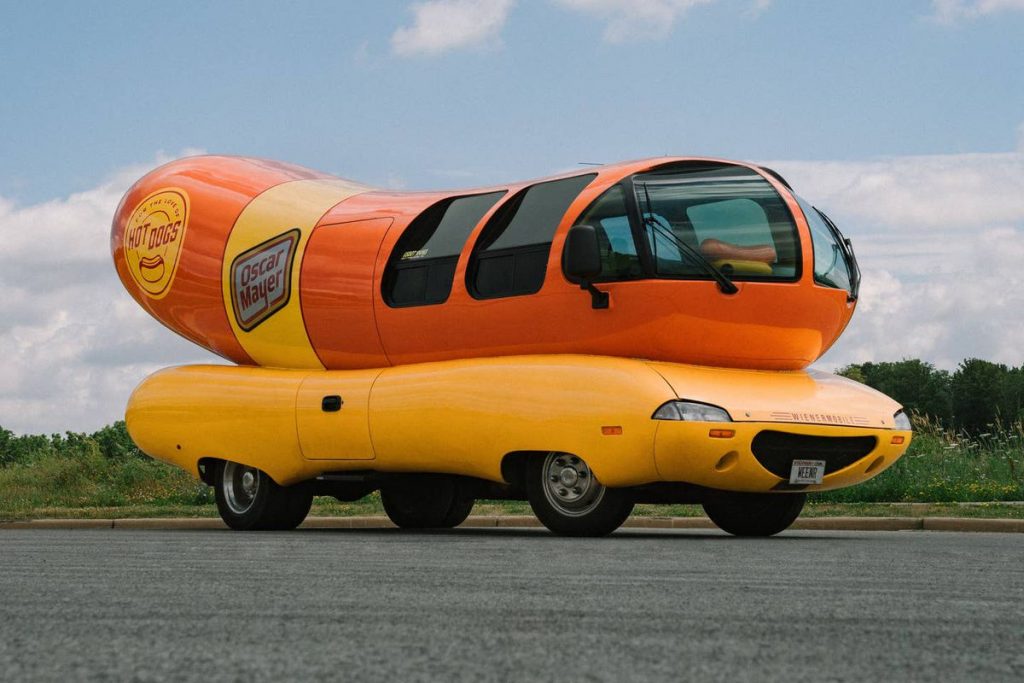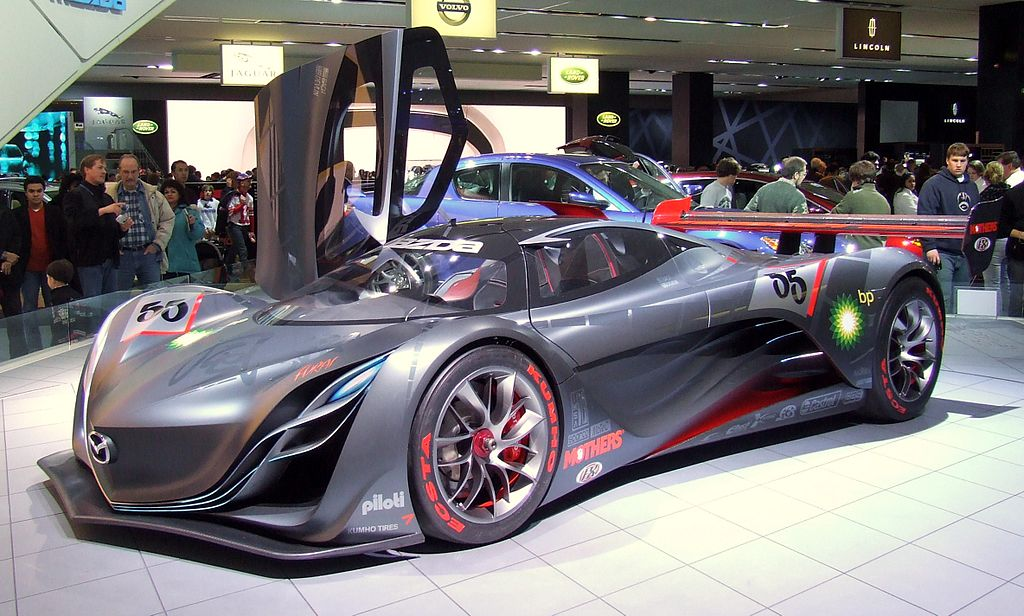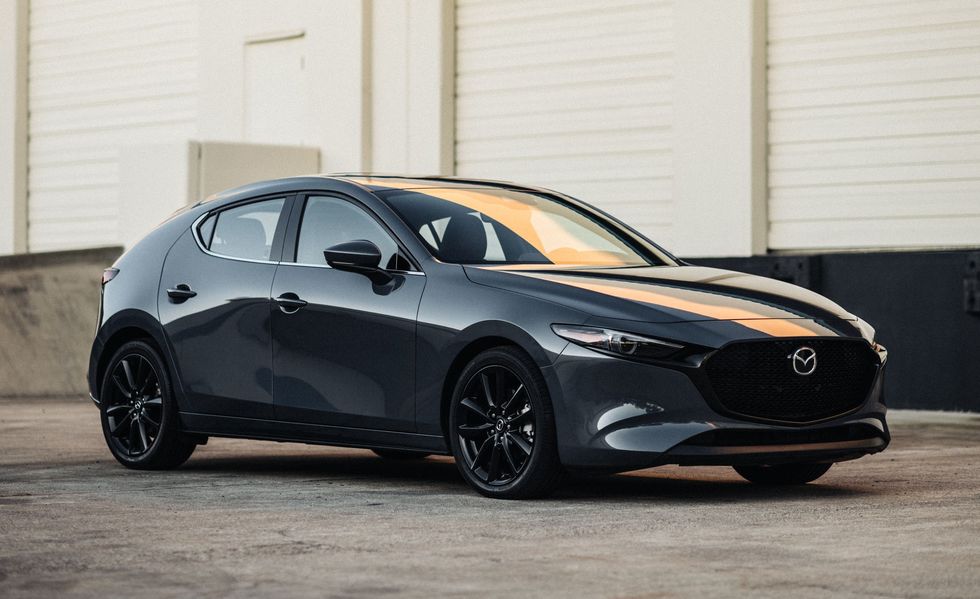Module 3- Analyze
Chapter 1: Introduction to Form (Morphology) in Engineering Concept Generation
In Engineering, function takes the stage before form! It may look “cool” but if it doesn’t function, customers will reject it!
Oakley Thump, Oakley (2005)

Form or Function?
- What if the product form is appealing, yet the form does not function?
- Who would buy them or be impressed by them?
- Would you buy them?
- They look good, but do they perform the way you expect them to?
Form Follows Function in Product Design
In generating product concepts, the design team MUST keep functionality at the forefront!
If a product looks great but doesn’t work, will consumers choose to re-purchase the product after potentially experiencing buyer’s remorse?
Would you re-purchase a product that doesn’t work, even if given a refund? How would that change your mind about the product and the company?
First, what do we want the product to do? Then, how do we want it to look?
What if the weight of a hotdog model on this vehicle had a dramatic impact on fuel economy?

What if your team’s concept design never makes it to the market?

What if your design team’s concept is listed as one of the most beautiful cars by Car and Driver?

Conceptual Design
Your design team has worked on understanding the design problem to solve this semester. Your design team:
- Utilized customer input, engineering specifications & benchmarking, along with marketing analysis/information to establish the basis for generating concepts leading to the selection of final design.
- Needs to clearly understand functionality before designing a product’s form.
Concept
A concept is an idea that is sufficiently developed to evaluate the physical principles governing the design’s behavior. It is necessary to confirm that the concept works and functions per customer needs.
In order to abstract what might someday be a product launched into the marketplace, concepts can be represented using the following methods:
- Rough sketches or flow diagrams
- A proof-of-concept prototype
- A set of calculations or notes
In all cases, functionality MUST be ensured.
Boat Hulls Designed for Speed_Video Script [DOC]
Conceptual design for a toothbrush

Concept Development: Watch the interactive video below and answer the questions that appear.

